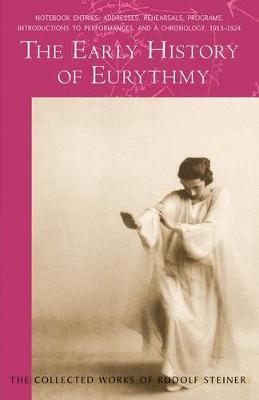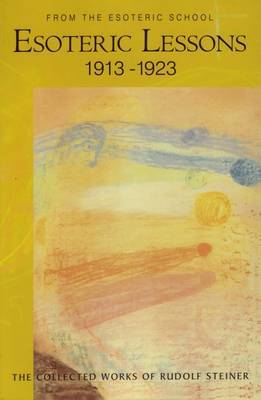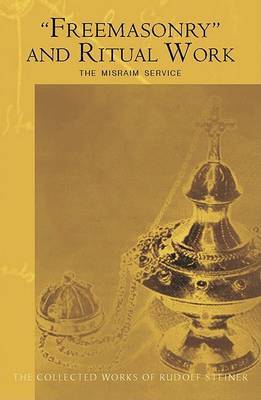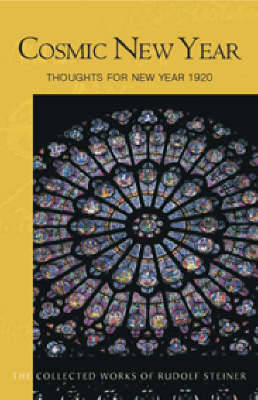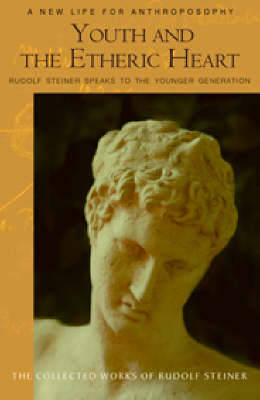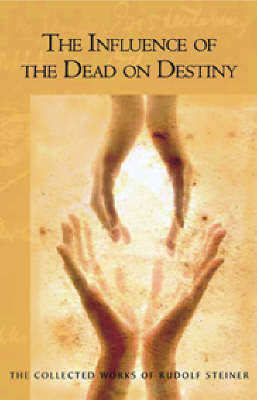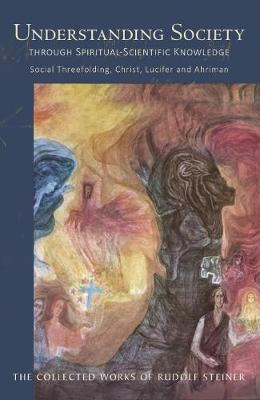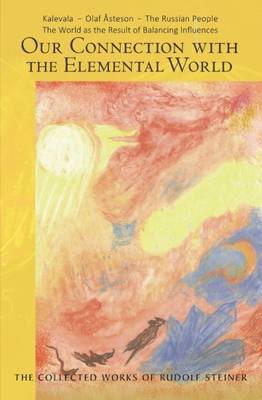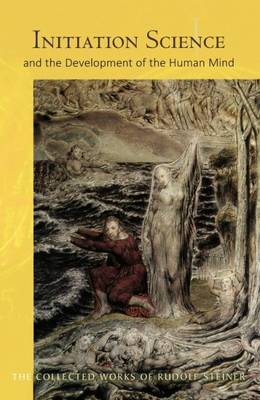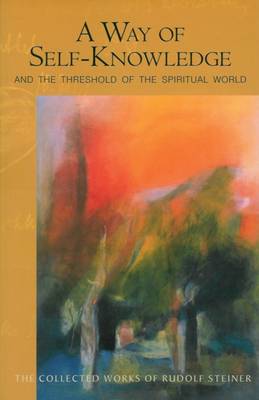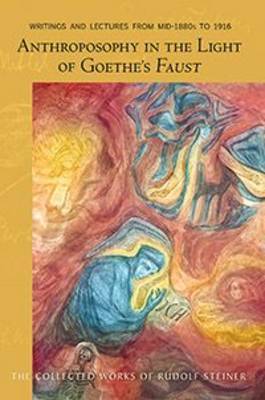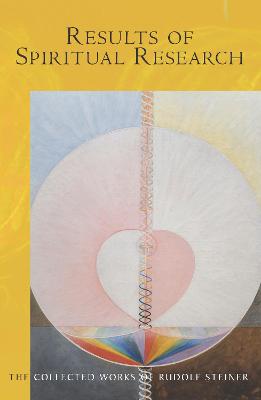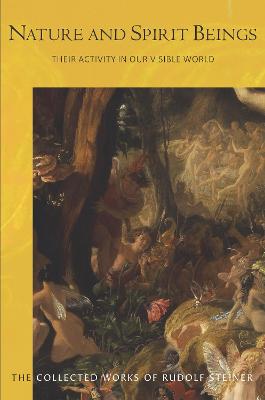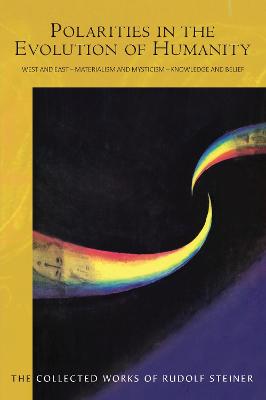Collected Works of Rudolf Steiner
20 primary works • 38 total works
v. 1
Steiner speaks of the superficiality of the materialistic view of history, originating with the economic shift amongst the population at the time of the Reformation. Back in Egyptian-Chaldean times, initiates ruled out of spiritual impulses. Later, in the Greco-Roman period, priests had power over their congregations. Today, homo economicus – or `economic man’ – has become the dominant idea, with the capitalist and the banker taking control. But the healing of social relationships can only come about through different modes of thought; the life of spirit must be separated not only from politics but also from economics. True social understanding allows for comprehension of karma – the appreciation of each person’s individual destiny. In parallel, says Steiner, we should work towards a global consciousness, as true social ideas are founded on people feeling themselves to be citizens of the world.
In an important corollary, Steiner studies the incarnations of three significant spiritual beings in human evolution: Lucifer, Christ and Ahriman. Lucifer incarnated in the third pre-Christian millennium, Christ incarnated at the dawn of a new age, whilst an incarnation of Ahriman in the West is immanent. Ahriman is preparing this incarnation by insidiously promoting various ideas, for example that economic security is sufficient for healthy public life. A new wisdom must be achieved out of free human will, says Steiner, or else we will succumb to Ahriman.
Steiner explains how elemental beings, responsible for the balance of land and sea, have created conditions where various peoples are enabled to develop their gifts and fulfil their destinies. Thus he speaks of Finland as the ancient conscience of Europe, Russia as the future bearer of the Christ-imbued Spirit Self, and the differing but complementary environments of Germany and Britain. Strikingly, he states that, 'no souls on Earth love one another more than those living in Central Europe and those living in the British Isles'. Rudolf Steiner also speaks of the necessary work of luciferic and ahrimanic beings that collaborate to enable the solid spatial forms of our physical bodies. Likewise, they influence our etheric and astral bodies, facilitating thinking, feeling and will to be imbued with life and consciousness.
Our head, heart, lungs and limbs all reveal subtly different qualities of connection with the invisible realities that continue to sustain us. Our eyes, for instance, only gradually evolved into organs of sight and were once vital organs, as our lungs are now. The lungs, in turn, will similarly evolve to provide us with another form of perception.As is usually the case, Steiner addresses a wide variety of topics in addition to those above. Included in this volume are thoughts on the significance of the cinema; the nature of the halo; technology as the 'true foundation' of the modern worldview; asceticism in the Middle Ages; the world of machines and the world of rite and worship; yoga and modern meditation exercises; pain as an awakener of knowledge; the emergence of the belief in ghosts; and the connection between stomach acid and soul qualities
Steiner speaks of the particular atmosphere he experienced in West Yorkshire and North Wales, where remnants of Druid spirituality live in the surroundings. The latter theme emerges strongly in the next lectures, which examine the Druid priest's sun initiation and perception of moon spirits. The Druids investigated the secrets of the universe, influencing both social and religious life. Steiner also describes the mythic being of Woden, who signified the birth of intellectuality and the subsequent fear of death - which, he asserts, can be healed by the Mystery of Golgotha. In the final section, Rudolf Steiner discusses: 'The past, present and future development of the human mind'. Again, he references the importance of Druid culture, noting that the ground plans of the stone circles in Penmaenmawr are similar to that of the first Goetheanum. He also points to the crucial roles of the ancient Mysteries and Christ's deed in human development.
340/341
217A
142/ 146
At the time of these presentations, Steiner had already worked in Berlin for many years, and thus, '...could reckon with a regularly returning audience to whom what mattered was to enter ever more deeply into the areas of knowledge that were newly opening up to them' (Marie Steiner). As a consequence - and through 'a series of inter-connecting lectures whose themes are entwined with one another' - he was able to communicate a coherent and challenging spiritual perception of reality, based on his personal research.
Presented here with notes, an index and an introduction by Simon Blaxland-de Lange, the 14 lectures include: 'How is Spiritual Science Refuted?'; 'On What Foundation is Spiritual Science Based'; 'The Tasks of Spiritual Research for both Present and Future'; 'Errors of Spiritual Research'; 'Results of Spiritual Research for Vital Questions and the Riddle of Death'; The World-Conception of a Cultural Researcher of the Present, Herman Grimm' and 'The Legacy of the Nineteenth Century'.
In a previously-untranslated volume of lectures, Rudolf Steiner presents shattering insights regarding the interaction of human and spiritual beings. He speaks, for example, about how perfumes can give certain spirits access to people on earth, or how phantoms, spectres and demons can be created through human deficiencies - or even how the arts of architecture, sculpture, painting and music allow 'good' or 'hideous' entities to enter our world. As he states: 'Learning about the effects of spiritual beings is of much greater help than moral preaching. A future humanity will know what it is creating through lies, hypocrisy and slander.'
The lectures are divided into two broad thematic groups: the first relating to the inner path of knowledge and its relation to the yearly festivals, and the second focusing on the work of elemental beings in our everyday world. The 18 lectures are complemented with notes, an index and an introduction by Christian von Arnim.
These eleven lectures were given in post-war Stuttgart against a backdrop of struggle and uncertainty - not only within society at large but also within the anthroposophical movement. Rudolf Steiner and his supporters were working to introduce 'threefold' social ideas and - given Steiner's public profile - were coming under increasing personal and sometimes physical attack.
Steiner responds to this turbulent situation by revealing the spiritual background to the forces of decline working in contemporary civilization. He speaks of retrogressive powers - spiritual beings referred to as luciferic or ahrimanic - that work directly into human culture, manifesting, for example, in what he refers to as the 'initiation streams' of Western secret societies, the Church-allied impulse of Jesuitism and the Bolshevik force of Leninism. The spiritual agents of adversity also encourage polarised thinking and false opposites such as East verses West, materialism and mysticism, or knowledge and belief. Only the threefold principle - represented by Christ - allows us to create a balance in the midst of these existential conflicts.
This freshly-reworked translation is complemented with notes, an index and an introduction by Matthew Barton.
